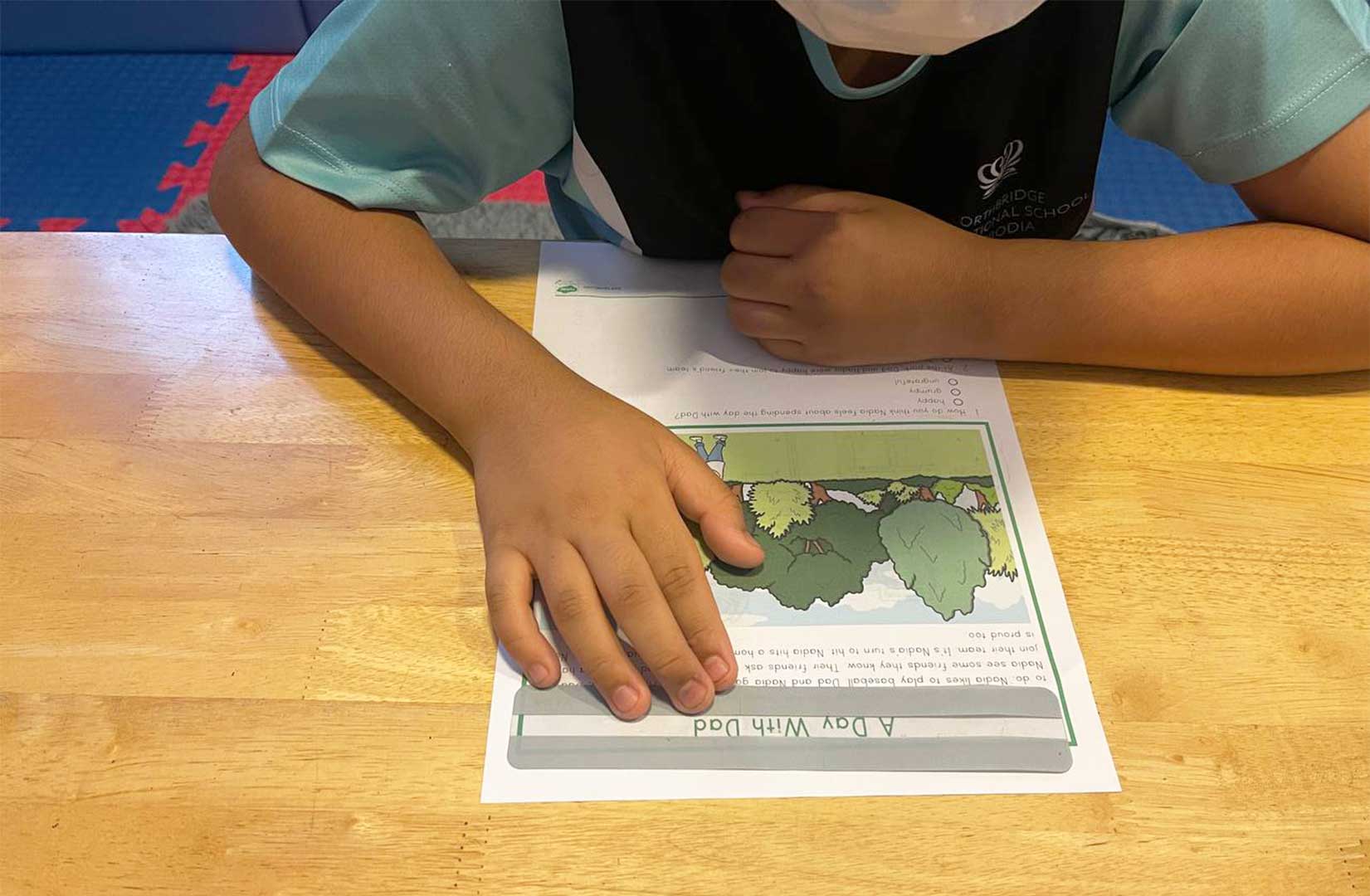In Cambodia’s educational landscape, a prevalent yet often overlooked learning difference weaves its intricate pattern – dyslexia. Characterized by persistent difficulties with reading, decoding, and spelling, dyslexia affects approximately 10-15% of the global population, and Cambodia is no exception. This blog delves into the technical intricacies of dyslexia in Cambodia, offering insights into its characteristics, assessment, and intervention strategies.
Decoding the Enigma of Dyslexia
Dyslexia is not a reflection of intelligence but rather a neurobiological difference that disrupts the brain’s ability to process and interpret written language. This disruption manifests in a myriad of challenges, including:
-
Phonological processing: Difficulty linking sounds to letters and vice versa
-
Rapid automatic naming (RAN): Slow retrieval of letter names or word sounds
-
Word recognition: Struggling to identify or pronounce familiar words
-
Reading fluency: Reading with slow pace, hesitation, and poor intonation
-
Spelling: Inconsistent and inaccurate spelling patterns
Unveiling the Hidden Symptoms: Assessment Strategies
Identifying dyslexia is not a straightforward task, as its symptoms often overlap with other learning difficulties. A comprehensive assessment process, typically conducted by qualified psychologists or educational specialists, involves a combination of standardized tests, observations, and interviews.
-
Standardized tests: These tests measure various aspects of reading, including phonological processing, word recognition, and reading fluency.
-
Observations: Educators and psychologists observe the student’s reading behavior, noting factors like decoding strategies, error patterns, and reading comprehension.
-
Interviews: Interviews with parents, teachers, and the student provide valuable insights into the student’s academic history, personal experiences, and self-perception.
Charting a Path to Success: Intervention Strategies
Once dyslexia is identified, a tailored intervention plan is essential to support the student’s learning journey. Effective interventions focus on strengthening the underlying phonological and linguistic skills that underpin reading success.
-
Multisensory approaches: These methods engage multiple senses, such as sight, sound, and touch, to enhance learning.
-
Phonics instruction: Explicit instruction in phonics helps students connect sounds to letters and vice versa.
-
Structured literacy programs: These comprehensive programs provide systematic and sequential instruction in reading and writing.
-
Technology integration: Assistive technology tools, such as text-to-speech software, can provide support and accommodation.
Navigating the Cambodian Context: Challenges and Opportunities
Despite the prevalence of dyslexia in Cambodia, awareness and understanding of this learning disability remain limited. Challenges in accessing qualified assessment and intervention services persist, particularly in rural areas. However, positive strides are being made, with organizations like OrbRom Center and the Dyslexia Association of Cambodia working tirelessly to raise awareness and provide support.
Conclusion: Embracing Dyslexia’s Unique Potential
Dyslexia, while presenting challenges, also holds the potential to foster unique strengths and perspectives. Individuals with dyslexia often possess exceptional creativity, problem-solving skills, and out-of-the-box thinking. By recognizing and embracing these strengths, we can empower individuals with dyslexia to thrive academically, personally, and professionally.





Leave A Comment